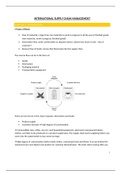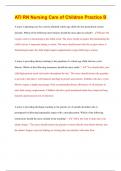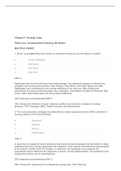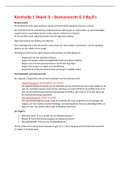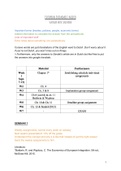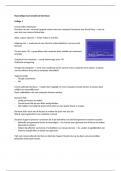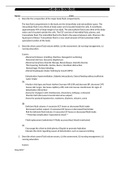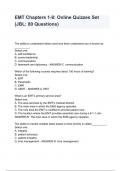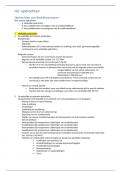Samenvatting
Summary International Supply Chain Management (ISCM) IBSN:9783319771854 | IB year 1 | HvA
- Instelling
- Hogeschool Van Amsterdam (HvA)
Summary Guide to Supply Chain Management, the parts that you need for the ISCM course of international business at HvA year 1. Includes illustration for extra information. Chapters 1,3,4,5,6,10
[Meer zien]
